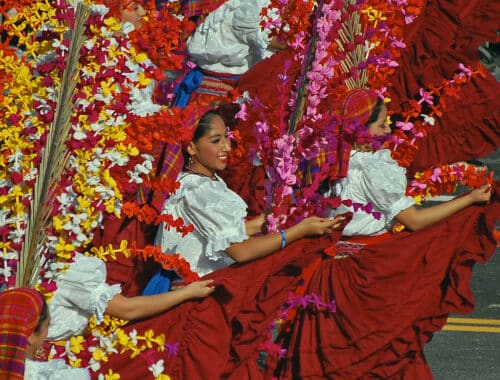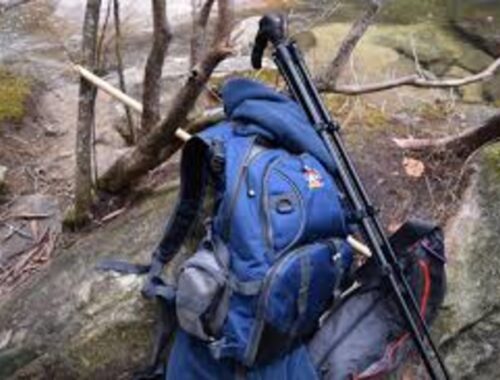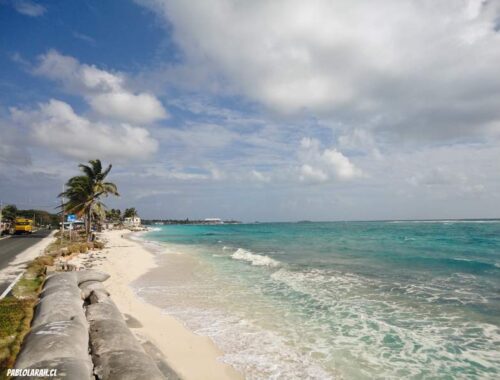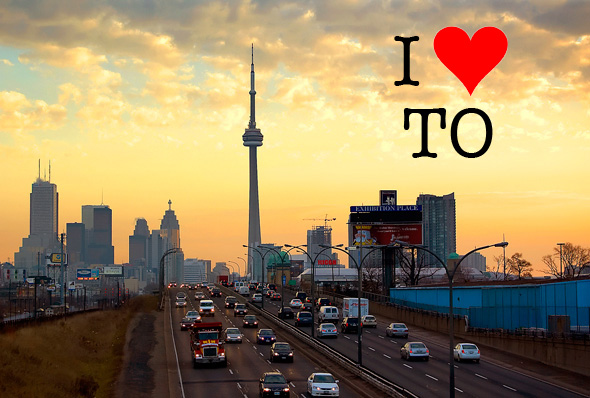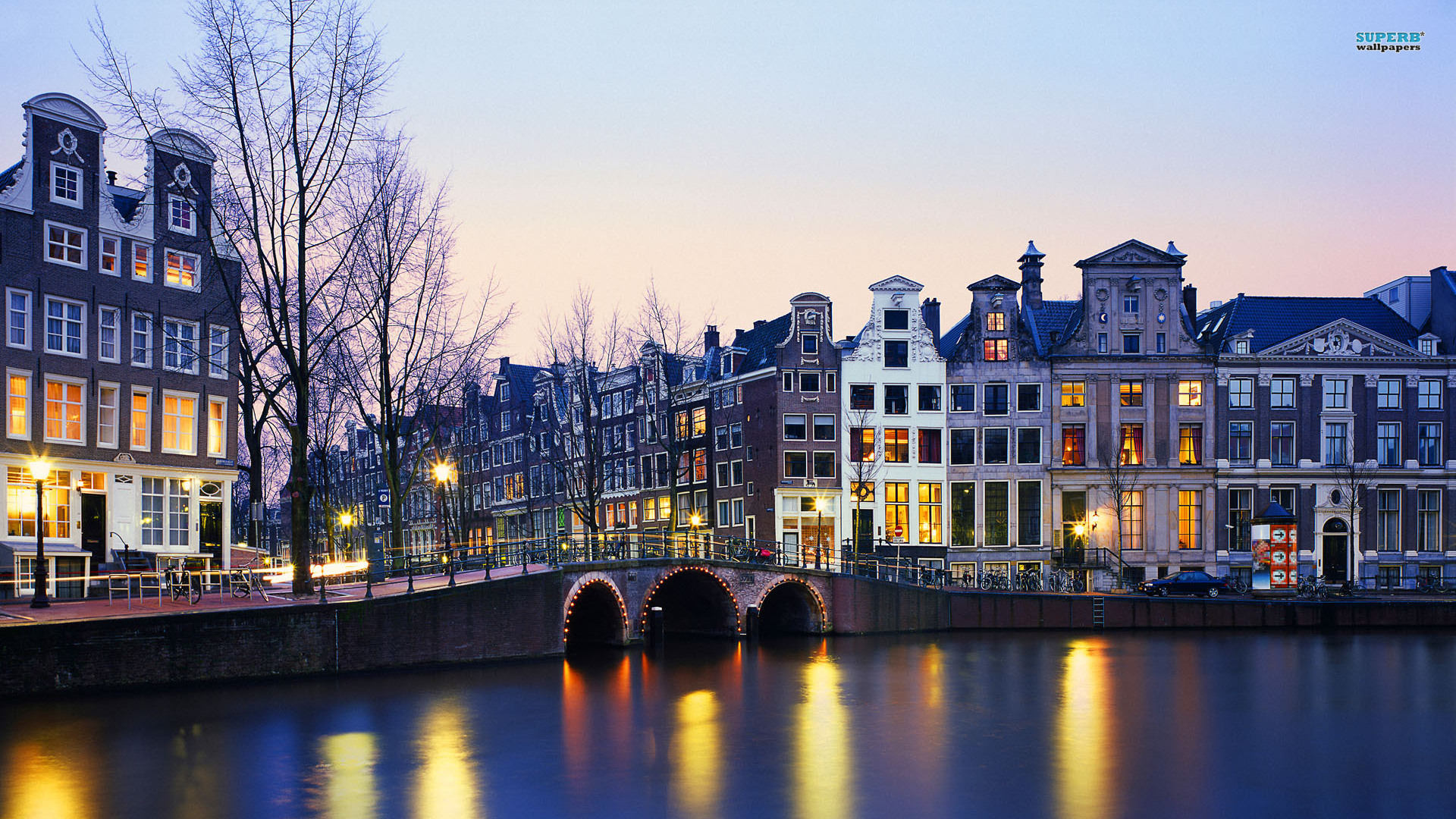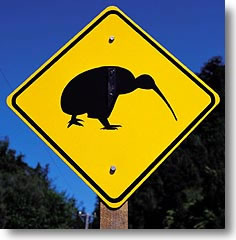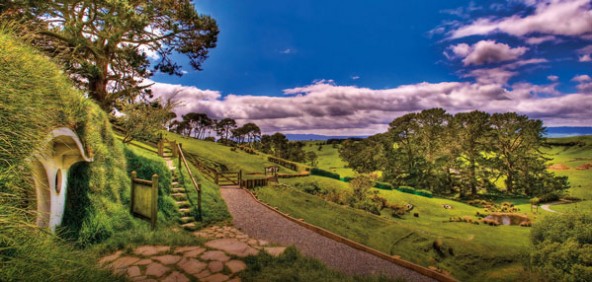Traveling sometimes will bring you to cities where your dollar goes a long, long way. Other times though you may come to a place that you’re daily meal allowance is blown before you get past lunch. The following list is going to look at a few of the most expensive cities when it comes to the cost to be in them. This is a combined rating between the cost of living there and the cost of actually living there. A few of the worlds most expensive cities are.
Moscow
The former land of communist egalitarianism has given way to the capitalist mantra make Moscow one of the most expensive places on the globe. Moscow is now home to the most billionaires in the world with more then 70 and has a cost of living, shockingly, 40% higher than New York City. If you want an experience that will quickly send you to the poor house head to Tverskaya Street to the play ground of Moscow’s nouveau rich and try to keep pace dollar for dollar with them.
Tokyo
Tokyo, along with New York and London, is one of the world’s financial centres. Basically this means there will be things in the city that allow rich people to spend their money. An example of just that is the Aragawa Steakhouse, which was listed in Forbes magazine as the most expensive restaurant in the world. A plate there can cost $400 dollars. A visit to Tokyo may have you looking to spend more of your time sitting in the city’s free parks.
Oslo
On the back of a growing energy sector, specifically in offshore oil, Norway has seen a mass influx of wealth. As often is the case a rise in wealth means that prices will increase and that has been just the case in Oslo. The prices of single consumer items is amongst the very highest in the world with a beer in a pub costing around $12 dollars and a 355 ml can of coke in a 7-11 costing around $4.
London
As one of the world’s financial capitals the cost of living in London has long been steep. A recent Zagat survey highlighted London as the most expensive city in the world to dine in on average. The cost of rents and other amentias certainly keep this one of the priciest cities in the world.
New Zealanders will muse how it really isn’t possible to annoy them and how they will get a kick out of your attempts to do so. Voted second, only behind Icelanders, for how accepting they are to foreigners you may wonder how do you actually do annoy a Kiwi? The truth is that it is possible to bring a Kiwi into a fury and here are a few ways to do just that.
Just Assuming that New Zealand is the same as Australia
Australia and New Zealand are culturally different, geographically different and politically different the only thing that is remotely similar is there accent and that is only fleeting. Kiwis do not like being thought of as Australian just as Canadians don’t like to be thought of English. They will understand an accident when it comes to hearing the accent, but what will really annoy them is if a person totally believes there is no difference between the nations. Expect to hear a harsh piss off, if you ask a New Zealander about kangaroos, boomerang, or Ayers Rock.
Calling them sheep shaggers
One of the oldest ongoing jokes Australians have is that New Zealanders like to get it on with sheep. The genesis of this joke stems from the fact that there are more than 33 million sheep presently in New Zealand – only a third of what it was 25 years ago – which is 7 sheep per person. You know when you have heard the same joke a million times, multiply that by a thousand and you have the feeling New Zealanders get when they hear this. If you spout off this knowledge they will definitely get annoyed, if you are Australian and you do it they will be doubly annoyed.
Belittle rugby
Kiwis’ love rugby as it is hands down the national sport of New Zealand. Talking disparagingly about the game is definitely one way that you can annoy a lot of Kiwis. The truth is that it is quite a feat that a nation with just 4.4 million people currently holds the Rugby World Cup. If you really want to get a group of Kiwis ready to have you gang tackled talk about how American Football is a better, tougher sport. If you want to push it further tell them rugby is a brute game that has no strategy. They’ll probably offer to show you what it’s like to play rugby right then and there.

